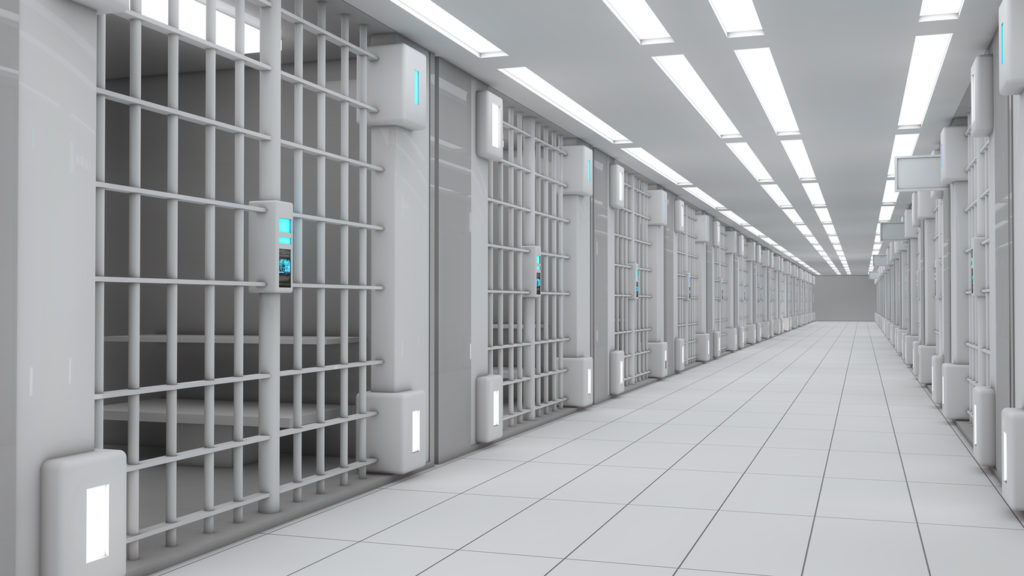Donley County, Texas Jail Fails State Inspection

In a special jail inspection report issued on February 2, 2023, the Texas Commission on Jail Standards (TCJS) cites Donley County Jail in Texas for noncompliance with three minimum jail standards. The Clarendon, Texas, jail is now listed as a Non-Compliant Jail on the TCJS website. The address of Donley County Jail is 301 S Jefferson St, Clarendon, TX 79226.
Alleged violations of three minimum jail standards are listed in the Notice of Non-Compliance that was sent to Donley County Jail on February 6, 2023. The rules Donley County Jail was cited for being non-compliant with are as follows and more details are further below:
- §273.5(a)(2)- Mental Disabilities/Suicide Prevention Plan
- §273.5(c)(2)- Mental Health/Intellectual and Developmental Disabilities History Check
- §273.6(3)-Restraints
§273.5(a)(2)- Mental Disabilities/Suicide Prevention Plan in the Health Services chapter
Rule §273.5(a)(2) provides details of a jail’s Mental Disabilities/Suicide Prevention Plan. In part (a)(2) Identification, intake screening procedures must be used to identify inmates who are or are known to be potentially suicidal or mentally disabled. In addition, compliance with Code of Criminal Procedure Article 16.22 is required, which involves making referrals to available mental health officials.
- During the special jail inspection at Donley County Jail, it was discovered that staff is not entirely completing the screening form for suicide and mental/medical/developmental impairments.
§273.5(c)(2)- Mental Health/Intellectual and Developmental Disabilities History Check, which is also in the Health Services Plan chapter
Under rule §273.5(c)(2)- Mental Health/Intellectual and Developmental Disabilities History Check, jails are required to maintain documentation that must be available during inspections showing that requirements for each inmate have been completed with regard to paragraph (1) of this subsection. Records must show that information on each inmate was submitted for CCQ/IDD system checks, and it includes notification to the magistrate and the Local Mental Health Authority or Local Intellectual and Developmental Disabilities Authority as per CCP 16.22(a)(1).
- When the inmate Suicide and Mental/Medical/Developmental Impairments screen forms were reviewed, it was discovered that on two occasions the Magistrate was not notified within the 12-hour requirement.
§273.6(3)-Restraints, in the Health Services chapter
The use of restraints has been approved as a way of minimizing the threat of injury when inmates are involved in behavior indicating that they are endangering themselves or others. Anytime restraints are used, it must be done in a humane manner and only to avoid injury. Using restraints as a form of punishment is not permitted. In intervals not to exceed every 15 minutes, a jailer must make a documented observation of the inmate. Checking on blood circulation to the extremities and assessing the security of the restraints must be included in the check.
- When the restraint logs were checked, it was found that jailers exceeded the required 15-minute observation checks by between 1 and 14 minutes on 7 separate occasions during a 3-hour period in which an inmate had been strapped into a restraint chair.
Suicide is the leading cause of inmate deaths in local jails in the U.S., and it is important for jails to meet all minimum jail standards that apply to keeping at-risk inmates safe. The proper use of restraints is also a crucial issue because many custodial deaths have been associated with restraint chairs and other types of restraints, such as handcuffs.
